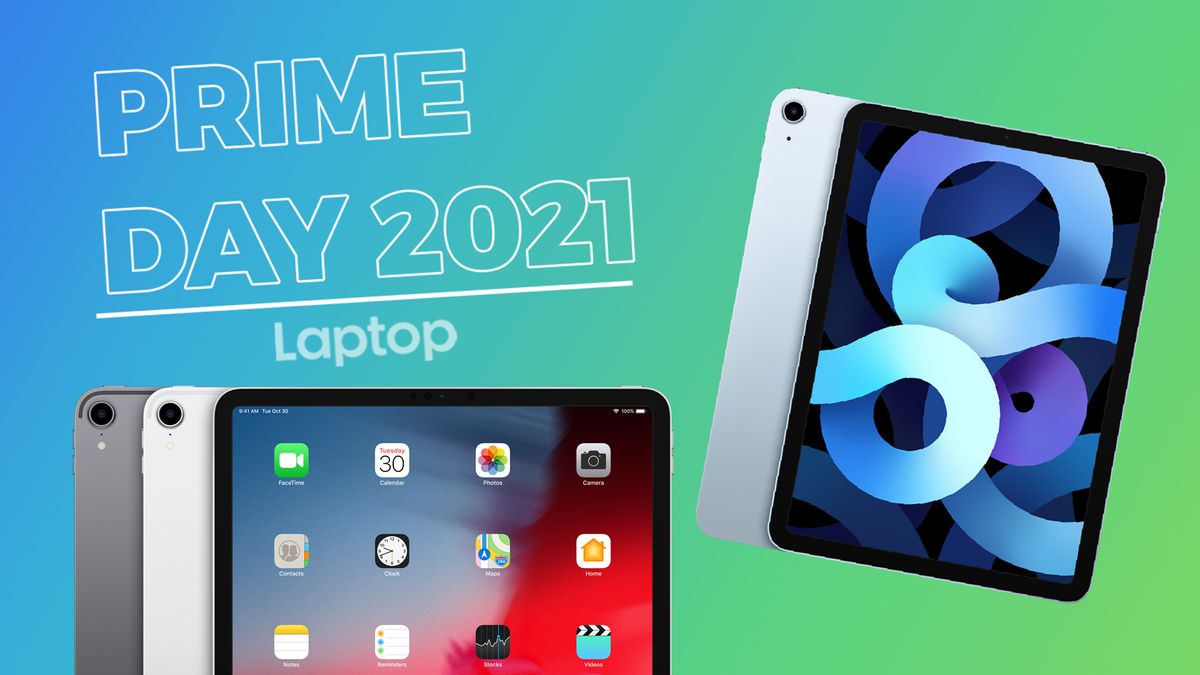

PHOTO:
youssef naddam | unsplash
Sales-marketing alignment has come a long way. The B2B industry’s focus on solving misalignment issues, as well as the rise of the revenue operations function likely deserve most of the credit. Yet despite these achievements, there’s room for improvement. One such area is the use of intent data.
I’m frequently on calls with B2B marketing practitioners and consultants who want to discuss intent data best practices. I highly encourage such discussions. Intent data is a relatively new and complex product with use cases spanning the entire buyer’s journey. There’s a lot to be learned.
However, I’m always a bit surprised by these marketers’ responses when asked how their sales team is using intent data. Replies vary, but it’s often not much more illuminating than “They prioritize surging accounts in their outreach efforts.”
This is obviously better than “They don’t use it” or “I don’t know,” but it’s still problematic. In fact, it’s somewhat rare to hear sellers are using intent data to inform their email messaging and call talking points. That’s why I was unsurprised when a recent survey report conducted by my firm Intentsify and Ascend2, titled “The B2B Marketer’s State of Intent Data,” found the top 3 complaints from sellers and business development representatives (BDRs) regarding the use of intent data included:
- Issues with data relevancy (47% of responses).
- Lack of message alignment with marketing (42% of responses).
- Inefficient hand-off process/workflow (38% of responses).
Note: Survey respondents were asked to select up to three out of eight options.
All three of these complaints are consequences of poor sales-marketing alignment. Clearly marketing teams aren’t working with their sales colleagues when developing a strategy for implementing an intent solution.
Why Sales Needs to Get on the Same Page With Intent Data
Though intent data has many specific use cases supporting multiple job functions, each of these use cases fall under two, more general value propositions:
- Intent data identifies companies most likely to buy.
- It identifies the issues those companies care most about so you can select the right messages and content in your engagement efforts.
If B2B sales teams are only using intent to prioritize accounts, but not to optimize engagement tactics and messaging, they’re wasting half of the value intent data can provide.
Importantly, even without their sales teams taking the intent reins in their late-funnel outreach efforts, marketing teams still report benefitting greatly from intent data. The same survey found 94% of surveyed B2B marketers report that intent data is effective in solving critical digital marketing challenges.

Moreover, the survey shows a significant difference between intent data users and non-users when it comes to the effectiveness of B2B marketers’ digital strategies. Seventy percent of intent data users report their strategies as very effective, compared to only 33% of those marketers who aren’t using intent.

Imagine the value B2B organizations would derive if their sales teams were using the intent data to the same extent.
Related Article: Your Most Common Intent Data Questions Answered
Reasons for the Marketing-Sales Gap and How to Avoid Them
Though I’m unaware of any clear statistical evidence explaining why many marketing and sales teams struggle to use intent data together, my own experiences working with customers, prospects, agencies and consultants may shed some light. Here are a couple common pitfalls I encounter and ways to prevent them.
Expecting Intent Data to Create Alignment
Though general alignment is improving, many organizations continue to expect tools like intent data to magically solve alignment problems for them. In reality, however, most new tools — including intent solutions — can only facilitate existing alignment, rather than create alignment between teams and departments.
The organizations using intent solutions most effectively bring sales leaders into discussions very early in the implementation process. You must ensure your sellers fully understand what intent data is, its core values and various use cases, and how to tweak processes to get the most benefits. This isn’t always easy. Persistent communication, education and training are key.
Related Article: How Marketers Can Use Intent Data
Failure to Understand and Implement Intent Data Holistically
With intent solutions — as with any new tech or data solution — it’s best to start with one or two use cases and then expand from there. Unfortunately, many organizations fail to expand beyond those initial use cases, which are typically specific to one function. This undermines intent’s potential value.
I see this as a result of leadership too often viewing intent data as a point solution, rather than a powerful tool to drive improvements throughout the entire buyer’s journey. The Intentsify/Ascend2 report substantiates this. According to the 289 marketers surveyed, the No. 1 challenge B2B marketing teams face when implementing intent is “creating a strategy for the use of intent data.”
To gain the most from your investment in intent solutions, you’ll want to develop a phased strategy for rollout. (Read the CMSWire article “The Key Elements of a Successful Intent Data Strategy”). It’s definitely good to start with one or two quick-win use cases, typically marketing related, like account prioritization for digital advertising and content syndication. Then once you have these use cases dialed in, plan to expand to additional marketing use cases like adding intent data as a criterion for your account-scoring models. Again, once this next phase of use cases are set, move on to new ones — typically down the demand funnel — like optimizing sales outreach by engaging prioritized accounts with messaging customized according to the intent signals. And then you can go on to customer success use cases.
Intent data is a powerful tool. Yet while its popularity has grown rapidly with B2B marketing teams in the last few years, the sophistication of its use for sales use cases is lagging. Consequently, many B2B organizations are missing out on a great deal of potential customers and revenue. The first step in solving this problem is to think about intent data more holistically: as a key resource to help your business scale marketing, sales and customer success results.
David Crane is VP of Marketing at Intentsify, a leading provider of intent data solutions. With a decade of tech-industry B2B marketing experience, David leads Intentsify’s go-to-market and messaging strategy.






